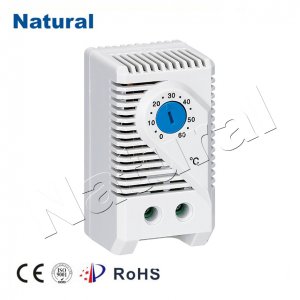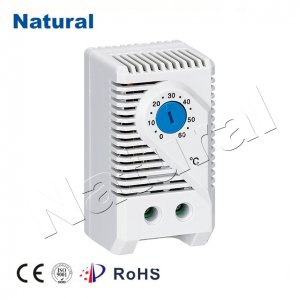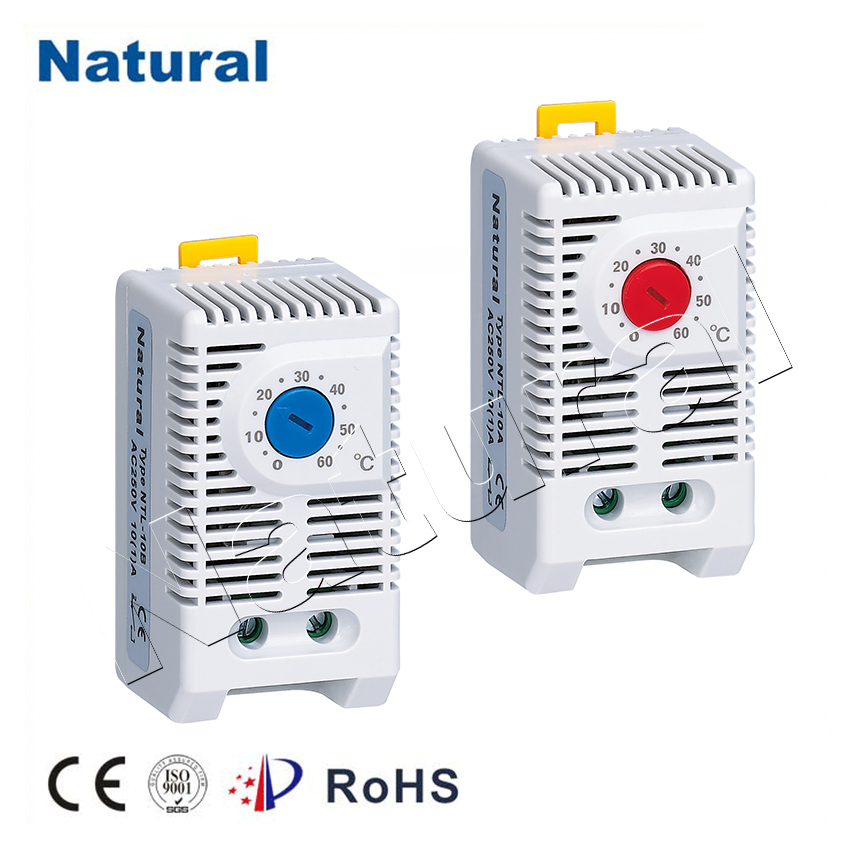Electric cabinet thermostats are critical devices that ensure the proper functioning of electrical equipment by maintaining optimal temperature levels within cabinets and enclosures. These thermostats play a significant role in preventing overheating, enhancing efficiency, and prolonging the lifespan of sensitive components. As we delve into the details of electric cabinet thermostats, we’ll explore their functionality, benefits, installation considerations, and applications.

At its core, an electric cabinet thermostat is designed to monitor and regulate the temperature inside an electrical cabinet. This is particularly important in environments where electronic components generate heat during operation. If the temperature exceeds safe limits, it can lead to equipment failure, reduced performance, or even catastrophic damage. The thermostat detects these temperature fluctuations and activates cooling or heating mechanisms as necessary, ensuring that the internal environment remains stable.

One of the ultimate advantages of using electric cabinet thermostats is their ability to enhance energy efficiency. By maintaining the optimal temperature, these devices prevent unnecessary energy consumption that often arises from overheating. For instance, in industrial settings, overheating can lead to increased wear and tear on equipment, resulting in higher operational costs. By utilizing a thermostat to keep temperatures in check, businesses can minimize downtime and reduce maintenance expenses. The installation of an electric cabinet thermostat requires careful consideration to ensure effective operation. First, it’s essential to select a thermostat compatible with the specific equipment and environment. Factors such as the cabinet size, type of equipment housed, and environmental conditions must be evaluated. Additionally, proper placement within the cabinet is crucial. The thermostat should be located where it can accurately sense the ambient temperature, away from direct heat sources or drafts.
